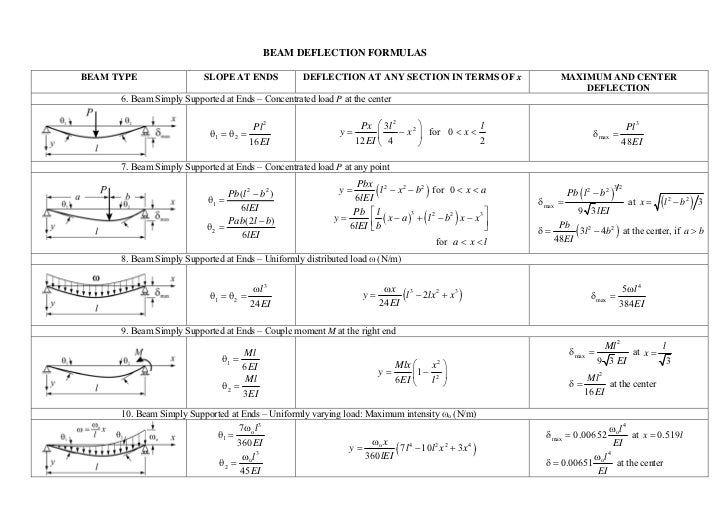
Originally Posted by
Michael Wolf

The two things depend on one another, right? A 29mm stiff bar with metal plates vs a 28mm whippy bar with bumpers. The particular thickness of the bumpers and metal plates (regular steel, competition discs, competition bumpers, cheapo thick bumpers). How much does the tensile strength of the steel in the bar play a role, and then that also interacts with the thickness (29mm with higher PSI/29mm lower PSI/28mm higher PSI/28mm lower PSI)? Grip width, as you alluded to. Etc etc... that's why I ask where you get 0.8-1" from in such a multi-factorial situation. Are you assuming a 28mm bar is whippy and loaded with thick bumpers?












